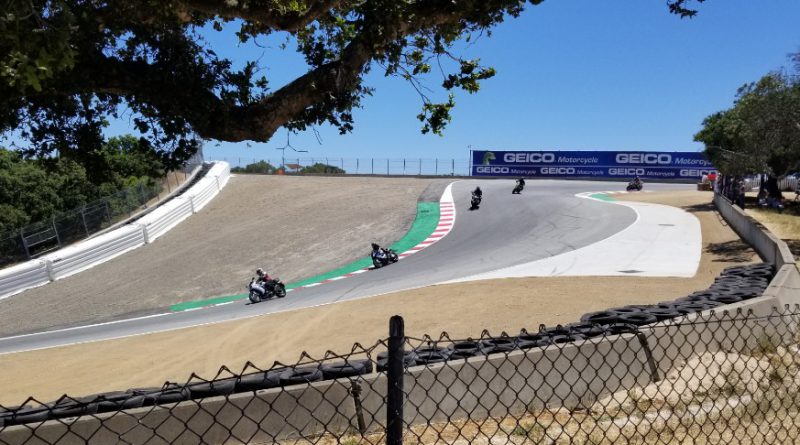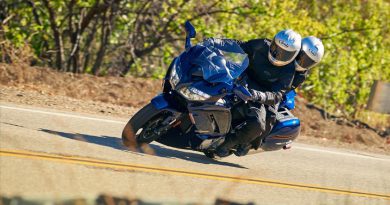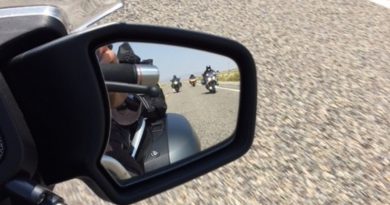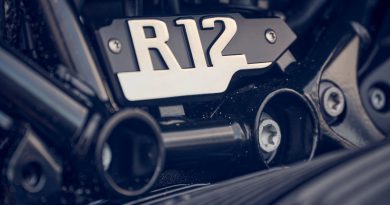Ride Fit Ride Better
Riding is physically demanding. Whether a weekend ride or a day at the track, the more fit the rider the better the ride. So, let’s take a few minutes to talk about getting in shape. We are not fitness pros or gym rats, but we’ve experienced the downside of being out of shape. Setting aside time specifically to exercise is not always convenient and hard to keep up. But working a few routines into daily life can have huge benefits without the need for dedicated time. Passive exercise has surprising results.
The Bike Knows When You Are Out of Shape
How can physical conditioning improve your riding? Mostly by giving you greater ability to control the bike. That means helping the suspension operate within its design parameters. Mass market motorcycles are by necessity designed for what engineers believe is normal use. Big touring bikes are set-up to carry a rider or two and luggage comfortably on long rides, while sport bikes pretty much aim for the opposite. Yet in every case the rider has the final say about how the bike suspension reacts to the road. The in-shape rider has more options and better control.
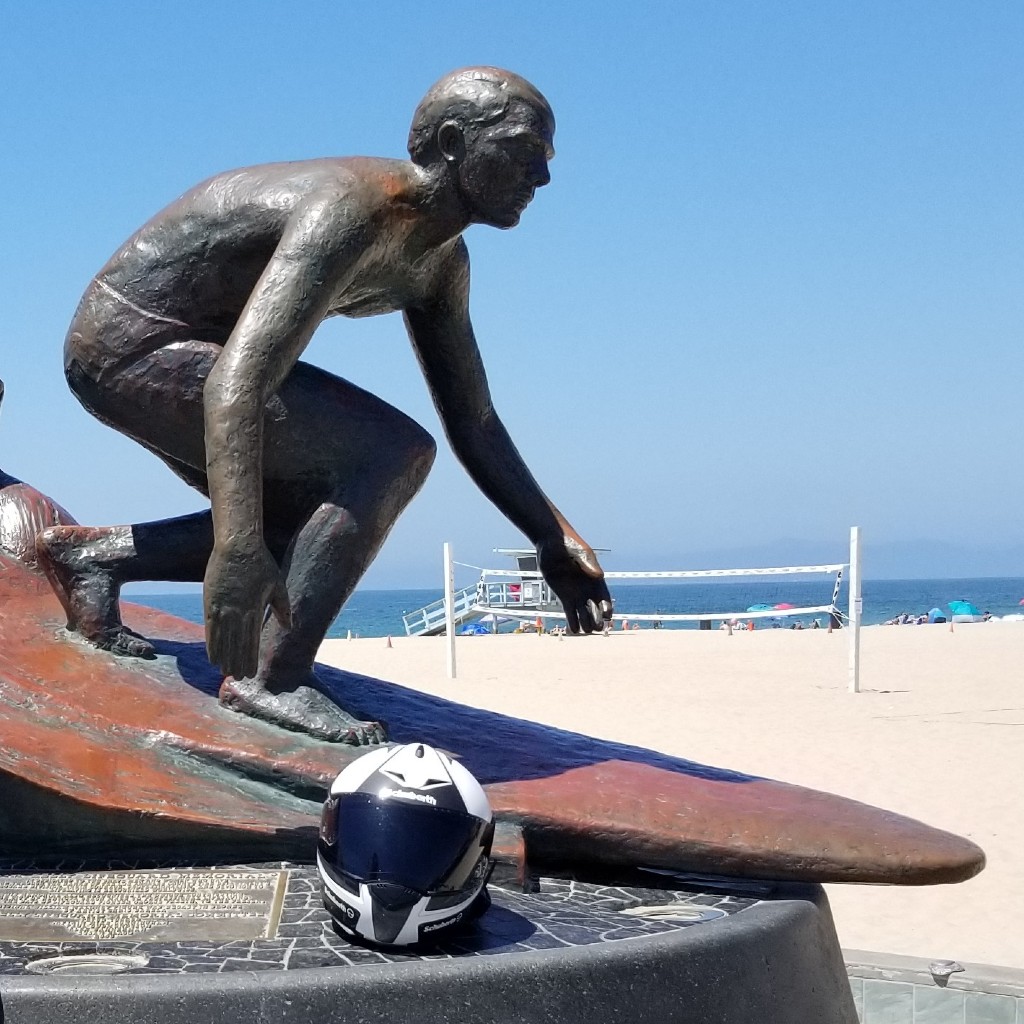
An unloaded motorcycle carries about 40% of its weight on the front tire and the rest on the back. It’s important that riders work to maintain that 40/60 balance to help the suspension do its thing. That means shifting body weight left and right as well as moving forward and back coming into turns and through the corner as well as during braking. Maintaining proper weight balance also means relaxed arms that let the steering head move within its natural motion. A motorcycle will do a lot to handle what the open road throws at it; but riders need strength (and sometimes steady nerves) to help keep suspension loads in an optimal range.
Important Areas to Focus On
Three workout areas to focus on for improved riding are core strength, leg strength, and aerobics. We understand that going to the gym takes a level of effort many are not willing to make. So, we focused our recommendations on passive exercise that can be done any time and without special equipment.
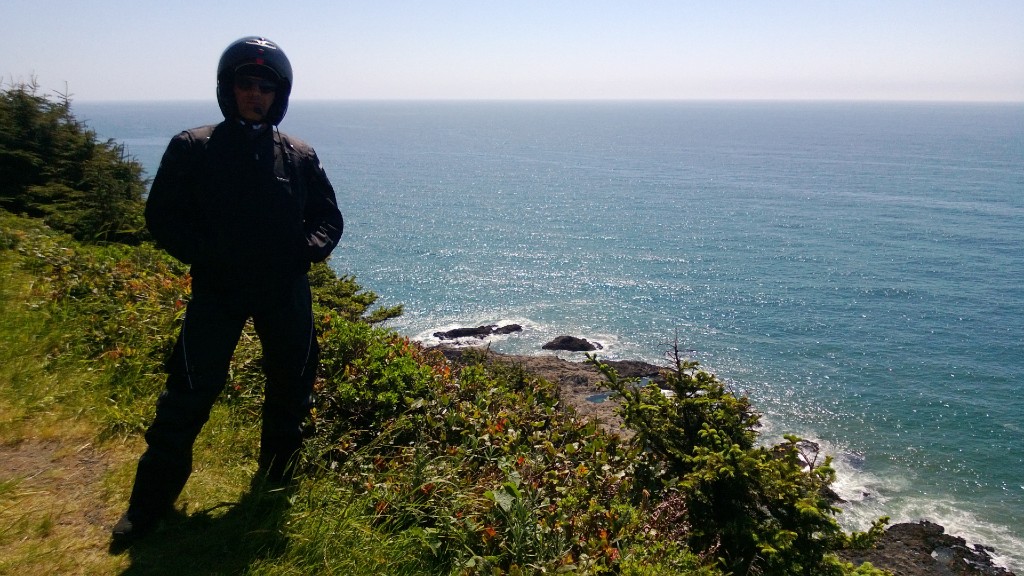
Each exercise will make it easier to move body weight to set-up for cornering and braking. We’re not talking about arm strength because, Interestingly, big arms are just not that important. Arms are important for holding on, but when it comes to steering, a light grip and relaxed arms work best. Save the awesome biceps for the beach.
Build that Core
Core muscle strength takes weight off the arms and helps keep a loose steering grip. More often core strength comes into play every time you shift body weight for upcoming corners. Top-level riders slightly lift and shift body weight numerous times on a track, roughly twice per turn. They must be in good shape to keep it up lap after lap. While core strength may not make the difference for a win, it’s certainly a factor.
Common ways to build core strength involve exercises like sit-ups and planking. We won’t discourage either. But they take dedicated time. But think about the many hours you spend bending, sitting, and lifting stuff. Take any those activities and consciously crunch your stomach muscles at the same time. That’s passive exercise. For example, if you find yourself sitting in a meeting or at a movie, use your stomach muscles to bring your back an inch or so off the chair. Hold that for 60 seconds, rest for 30, and then repeat as often as your time allows. No one in the room or theater will even notice. You can work this into your routine almost any time and anywhere.
Strengthen Those Legs
Keeping body weight in the right place to help the suspension deliver enough traction to improve confidence and allow better corner speed takes physical strength. MotoGP riders do this non-stop during a race. You can see them move their bodies to the left or right going into turns to help maintain traction. Often, those turns come one after another, or an unexpected adjustment is needed. Core strength is critical, but don’t underestimate the importance of having tireless legs. Skilled riders use their legs to shift their body to the side by pivoting off the pegs. They may also hold themselves just above the seat in some cases to help the suspension deal with a bumpy road surface. All of that take’s strong legs.
Finding an everyday way to keep our legs in shape is pretty easy. Simply take the stairs rather than the elevator. The more flights the better. Each flight of stairs in a typical office building has between 20 and 30 steps; maybe 18 to 20 in the average home. The benefits really add-up.

Running errands offers another easy way to get in extra steps. Look for parking at the back of the lot, as far away as possible. These short parking lot walks add up like loose change. You get strength conditioning and aerobics at the same time. Walking past 20 or 30 parking spots to and from the store, and another 500 steps or so in the store, comes out to about a quarter mile in all. Over the course of a week that can really add up.
Breathe Better
You and your motorcycle have at least one thing in common – both need to breathe; and better breathing allows both to perform better. It’s important to not only focus on building core strength and leg strength, but to also spend time improving lung and heart health to deliver oxygen to the muscles that need it.
We already mentioned using stairs rather than elevators, and we talked about parking as far away from the store as you can. But there’s one more thing to consider. For real lung and heart benefit walk like you’re going somewhere. Take deliberate steps at a fast pace. Use your legs to push off with each step. Set your pace just a little below jogging. That would be a brisk walking pace between 3 and 4 miles per hour depending on age and sex. That works out to about 100 to 120 steps per minute.
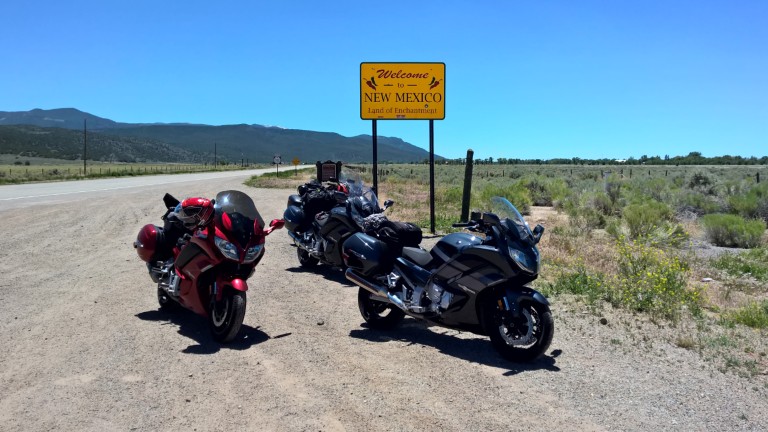
You’re Fit to Ride
Motorcycle riding is physically demanding. The more fit the rider the better the ride. Of course, everyone has a “right” level of conditioning that fits their riding style. And some really get into a regular exercise program. No matter your personal preference, it is always good to be in shape when you ride. Everything just comes together easier – improved control, less fatigue, and a sharper mind.
Sport touring riders who enjoy the twisty roads and perhaps an occasional track day should be just fine with a passive approach to physical conditioning as part of an active lifestyle. There’s no need to spend extra money and time at the gym. For others, a more disciplined and regular exercise approach may work best. We’re not selling gym memberships – you decide what’s best for you. But we do encourage everyone to stay in shape. Ride fit, ride better.
Did we hit the mark?
Click the Thumbs Up or Thumbs Down button to email your feedback.
Your questions and comments help improve American Sport Touring. Your email is not used for any other purpose. Please read our Privacy Policy.

